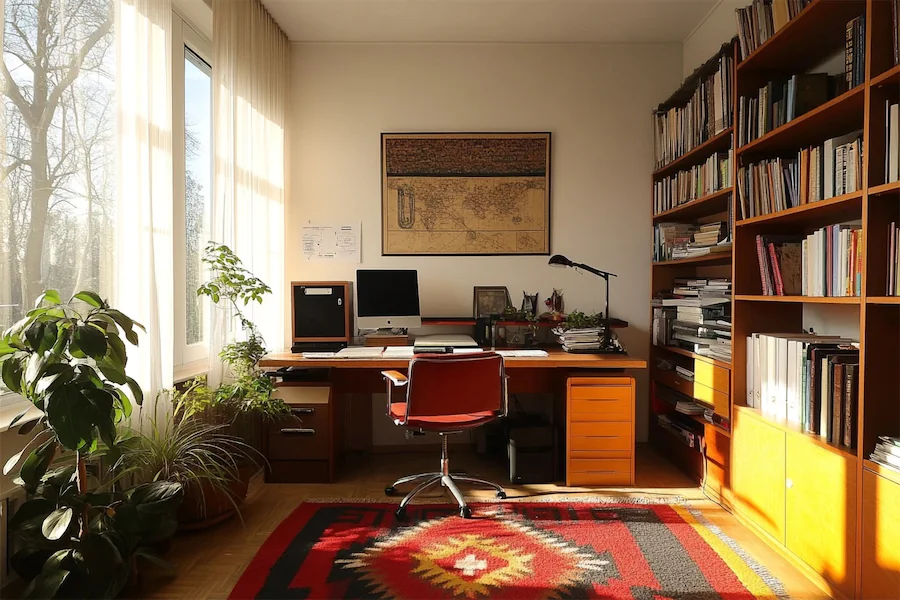A Bauhaus office room embodies the principles of functionality, simplicity, and geometric design, creating a workspace that is both efficient and aesthetically pleasing.
Introduction to Bauhaus Office Rooms
Originating from the early 20th-century German art school, the Bauhaus style emphasizes the union of art and industry. In office design, this translates to minimalist layouts, functional furniture, and a focus on clean lines and geometric forms.
History and Origins of Bauhaus Office Rooms
Founded in 1919 by Walter Gropius, the Bauhaus school sought to bridge the gap between art, craft, and industry. Its design philosophy prioritized practicality and simplicity, influencing modern architecture and interior design, including office spaces that value efficiency and form.
Key Features of Bauhaus Office Rooms
- Functional Furniture: Pieces designed with purpose, often utilizing tubular steel and minimal ornamentation, focusing on usability and comfort.
- Geometric Shapes: Incorporation of basic geometric forms such as rectangles, circles, and triangles in furniture and decor to create a cohesive and balanced environment.
- Open Floor Plans: Designs that enhance the flow of space, fostering a sense of freedom and movement within the office, reflecting the Bauhaus ethos of transparency and functionality.
- Neutral Color Palette: Use of black, white, and gray tones, occasionally accented with primary colors, to maintain a clean and uncluttered appearance.
- Industrial Materials: Utilization of steel, glass, and concrete to reflect the industrial roots of the Bauhaus movement, emphasizing durability and modernity.
Applications of Bauhaus Office Rooms
This design style is versatile and can be applied to various office settings:
- Corporate Offices: Creating streamlined and efficient workspaces that promote productivity and reflect modern design principles.
- Home Offices: Designing minimalist and functional areas that enhance focus and reduce distractions.
- Co-working Spaces: Establishing adaptable environments that cater to diverse work styles while maintaining a cohesive aesthetic.
Considerations When Designing a Bauhaus Office Room
- Functionality Over Form: Prioritize practical design elements that serve a purpose, ensuring that aesthetics do not compromise usability.
- Quality Materials: Invest in durable and high-quality materials that reflect the Bauhaus commitment to craftsmanship and longevity.
- Minimalist Approach: Avoid unnecessary decorations; instead, focus on essential elements that contribute to the overall functionality and harmony of the space.
- Integration of Technology: Seamlessly incorporate modern office equipment in a way that aligns with the minimalist and functional design principles of the Bauhaus style.
Conclusion
A Bauhaus office room offers a timeless and efficient workspace that embodies the core principles of modern design. By focusing on functionality, simplicity, and geometric harmony, one can create an environment that enhances productivity while maintaining aesthetic appeal.
